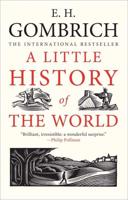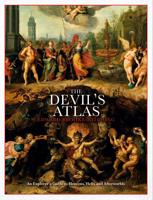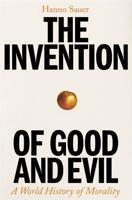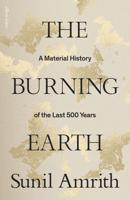Publisher's Synopsis
Greenland is the world's largest island, located between the Arctic and Atlantic Oceans, east of Canada and northwest of Iceland. It's an autonomous territory of Denmark, though it has its own government. About 80% of Greenland is covered by ice, making it one of the least densely populated places on Earth.
Quick Facts:
- Capital: Nuuk
- Population: 56,000 (mostly Inuit)
- Official Language: Greenlandic (Kalaallisut), but Danish and English are also spoken
- Climate: Arctic and subarctic
Despite its icy landscape, Greenland has rich natural resources. Some of the most important ones include:
1. Minerals & Metals
Greenland has a variety of valuable minerals, including:
- Rare Earth Elements (REEs) - Used in electronics, batteries, and renewable energy tech.
- Uranium - Potential for nuclear energy production.
- Iron Ore, Zinc, and Lead - Found in several locations.
- Gold and Platinum - Limited mining operations exist.
- Greenland is believed to have large offshore oil and gas reserves, but harsh Arctic conditions make extraction difficult.
- Several exploration projects have started but face environmental and economic challenges.










